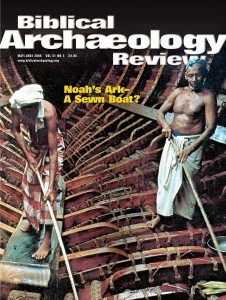
This book is an engaging, first-person account of the excavation of an ancient cave near Beth Ha-Karim, west of Jerusalem, that Shimon Gibson, the author/excavator, associates with John the Baptist. The cave appears to have been first occupied in the Iron Age from the eighth to the sixth century B.C.E., but its most unusual period of use was from the first to third century C.E., when it seems to have had a cultic role (a role that continued as late as the eighth century C.E.). The book also reviews scholarly research on John the Baptist and Jesus and their relationship. It concludes with a series of speculations about John the Baptist. In no way does it live up to its subtitle.
The cave is in the side of a hill less than a mile from modern Suba, a tiny, abandoned Arab village about 3 miles west of Ain Karim, one of modern Jerusalem’s more picturesque suburbs. Radiocarbon dating of the plaster in the cave showed that the cave was constructed between 700 and 500 B.C.E. There was a pool outside the cave, which had a broad entrance and internal staircase. No provision existed to channel water from the pool and cave into surrounding fields, so it was not for irrigation. The cave entrance was too broad to keep light out, so the water would eventually be unfit for drinking. Gibson hypothesizes that the cave was originally an Iron Age ritual bath (miqveh) because of the porch, large entrance and broad flight of stairs into the interior. The cave was abandoned for several centuries and was cleaned out in the Hellenistic period.
Already a library member? Log in here.
Institution user? Log in with your IP address.

